Legendary monsters that people once believed in
Throughout history, cultures around the world have spun tales of fearsome creatures lurking in the shadows. These legendary monsters served as explanations for the unknown, cautionary tales, or simply a way to spice up a good story.
From the vast oceans to the dense forests, each monster has its own unique origin and lore, capturing the imagination of generations. Let’s delve into some of the most fascinating legendary creatures and uncover the myths behind their terrifying reputations.
The Mythical Kraken: Sea Monster of the Deep

The Kraken is a legendary sea monster that has haunted sailors’ tales for centuries. Often described as a giant squid or octopus, the Kraken was said to dwell off the coast of Norway and Greenland. Its massive tentacles were believed to be capable of dragging entire ships beneath the waves.
While no concrete evidence of such a creature exists, the colossal squid, a real animal that can grow up to 46 feet long, might have inspired these terrifying legends.
Chupacabra: The Blood-Sucking Beast of the Americas

The legend of the Chupacabra, meaning “goat-sucker” in Spanish, first emerged in Puerto Rico in the 1990s. Reports described a creature attacking and draining the blood of livestock, particularly goats.
Eyewitnesses often depict it as a reptilian creature with sharp spines along its back. While some believe it to be a cryptid, others speculate it could be a coyote with mange. Despite numerous sightings, no scientific evidence has confirmed the Chupacabra’s existence.
The Loch Ness Monster: Scotland’s Mysterious Lake Dweller
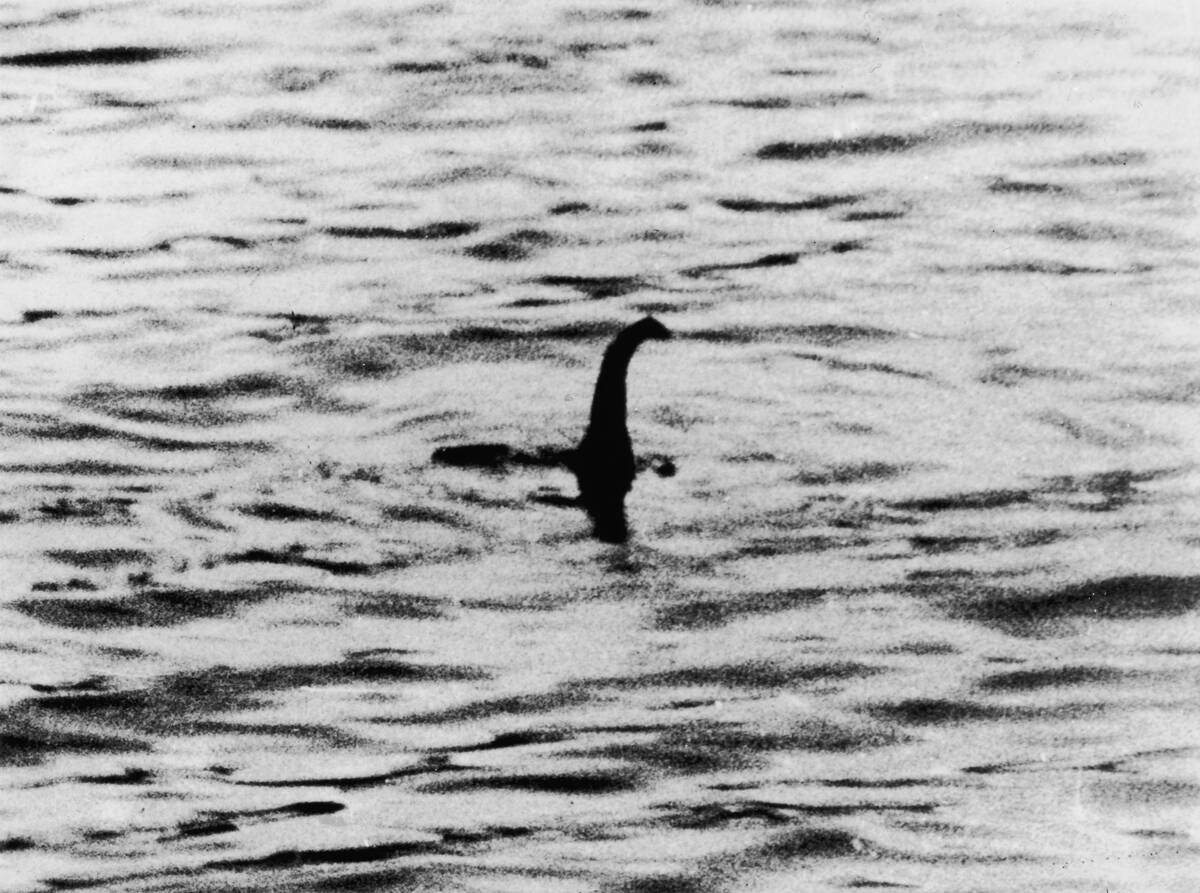
Nestled in the Scottish Highlands, Loch Ness is said to be home to Nessie, the elusive Loch Ness Monster. Descriptions of Nessie vary, but many suggest a large, long-necked creature akin to a plesiosaur.
The legend gained worldwide attention in 1933 after a photograph, later revealed as a hoax, surfaced. Despite extensive sonar searches and numerous sightings, Nessie remains a mystery, fueling ongoing fascination and tourism around Loch Ness.
Bigfoot: The Elusive Giant of the Forests
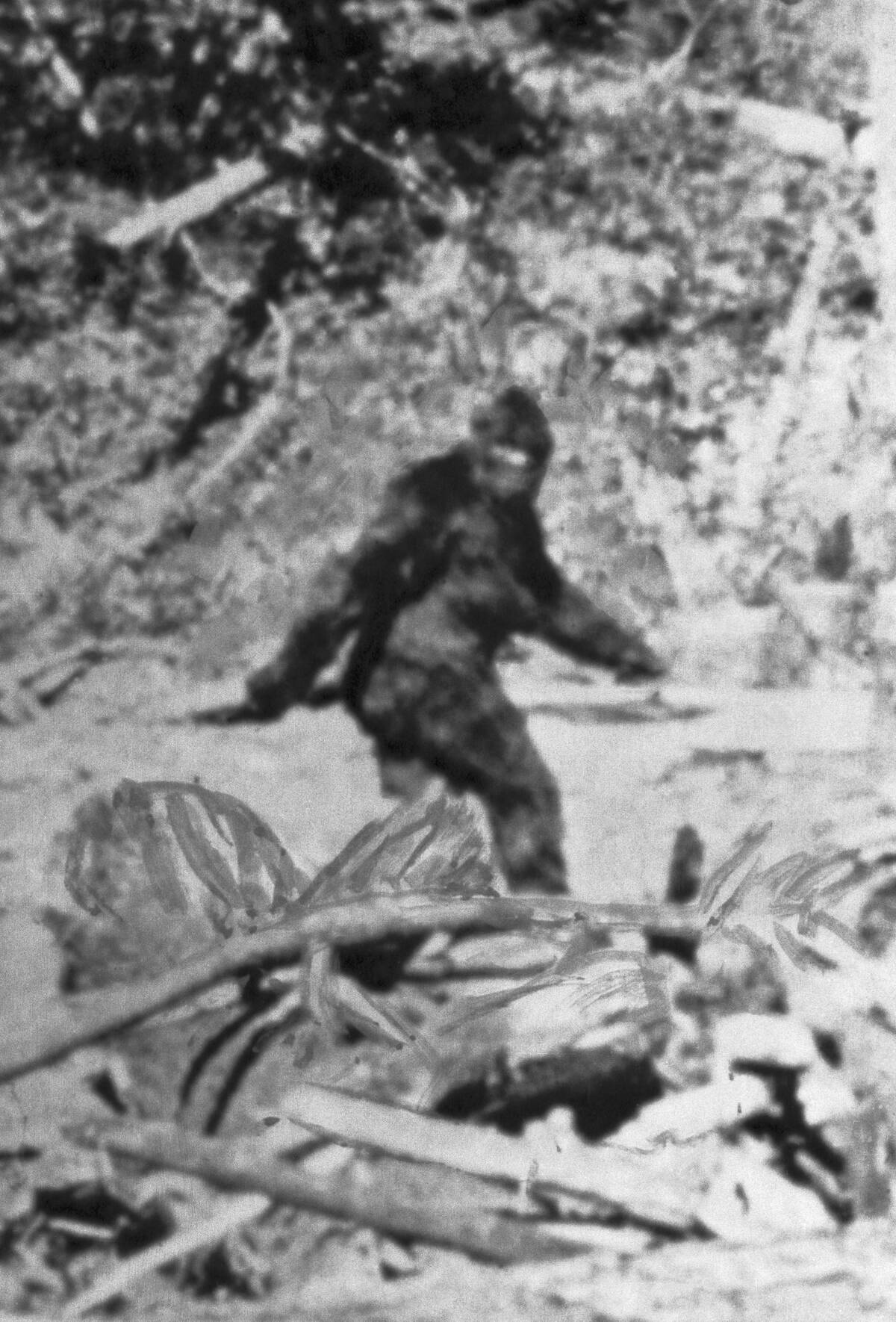
Bigfoot, or Sasquatch, is a bipedal ape-like creature said to inhabit the forests of North America. Sightings often describe it as standing over 8 feet tall with a thick coat of hair.
The legend gained traction in the late 1960s with the Patterson-Gimlin film, which purportedly captured Bigfoot on camera. While enthusiasts continue to search for definitive evidence, the scientific community remains skeptical, attributing sightings to misidentifications or hoaxes.
The Yeti: Abominable Snowman of the Himalayas
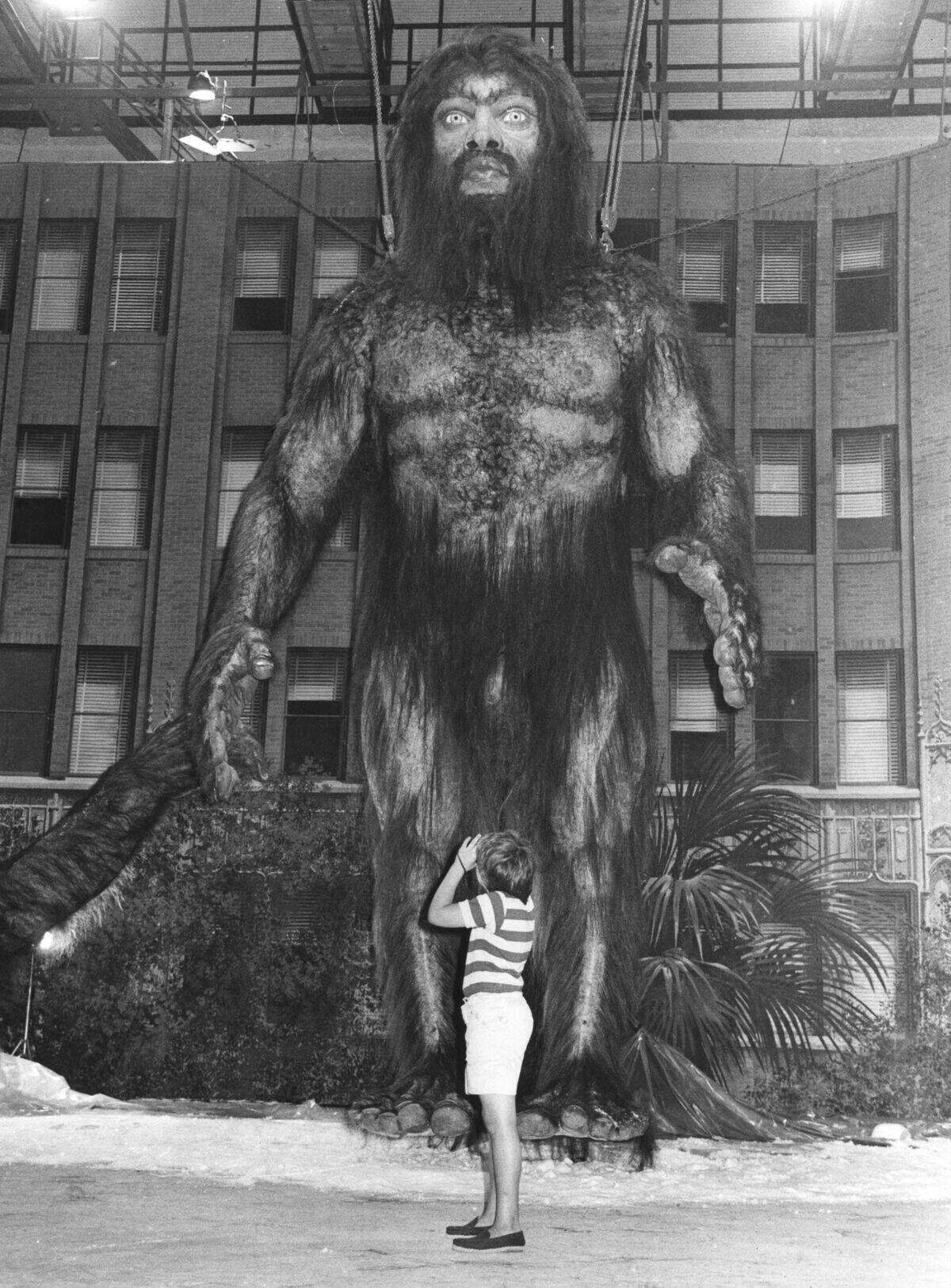
The Yeti, also known as the Abominable Snowman, is a legendary ape-like creature said to roam the Himalayan mountains. Described as a towering figure with shaggy white fur, it has been a part of Himalayan folklore for centuries.
Western interest peaked in the 20th century with reports from mountaineers. Although expeditions have found mysterious footprints and hair samples, no conclusive evidence of the Yeti’s existence has been discovered.
The Jersey Devil: A Haunting Tale from the Pine Barrens
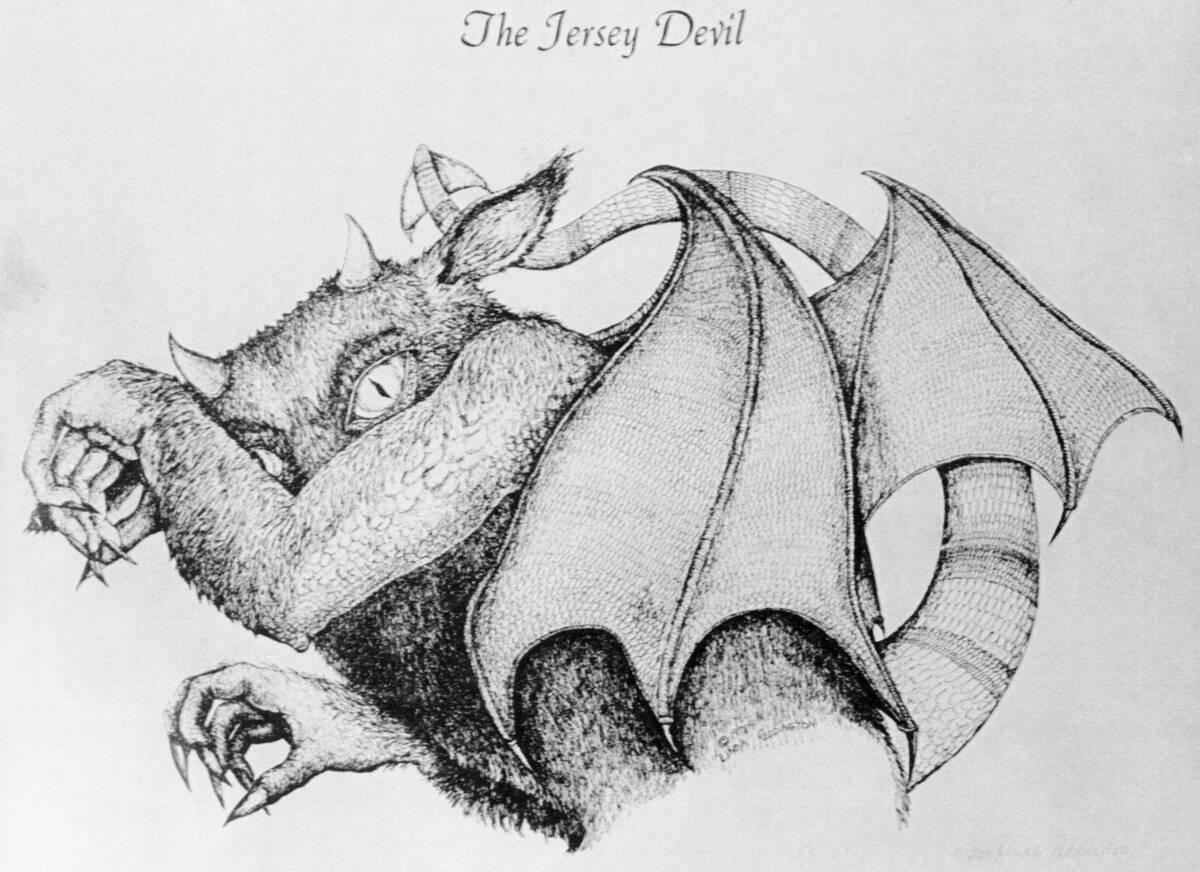
The Jersey Devil is a legendary creature said to inhabit the Pine Barrens of New Jersey. Descriptions often include a kangaroo-like body, bat wings, and a horse’s head.
The legend stems from the 18th century, reportedly the cursed offspring of a local woman, Mrs. Leeds. While sightings have been reported for over 250 years, the Jersey Devil remains a part of local folklore, with no empirical evidence to support its existence.
The Wendigo: Cannibalistic Spirit of the North Woods
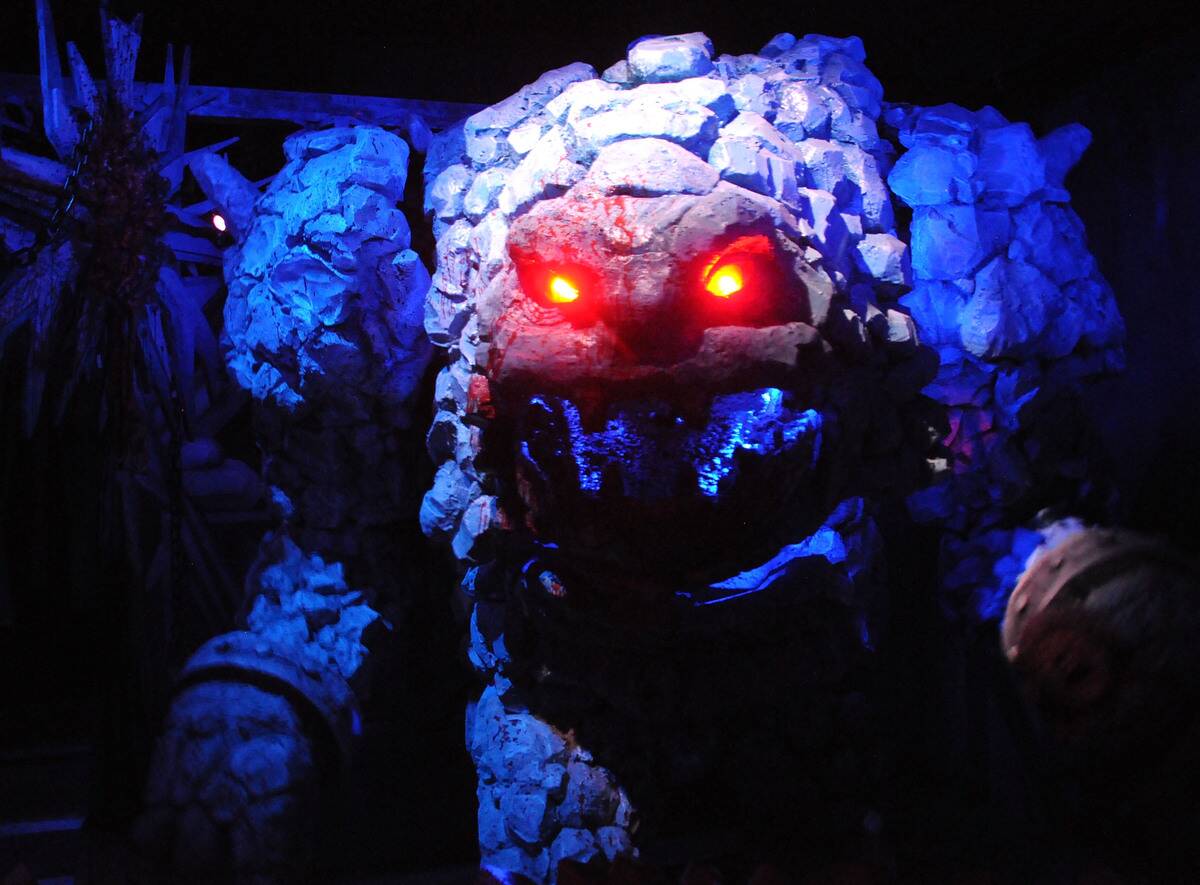
Originating from Algonquian folklore, the Wendigo is a malevolent spirit associated with cannibalism and insatiable greed. Said to roam the northern forests of the United States and Canada, it is often depicted as a gaunt, emaciated humanoid.
The Wendigo legend served as a cautionary tale against resorting to cannibalism in times of famine. While cultural interpretations vary, the Wendigo remains a chilling figure in North American folklore.
The Banshee: Ireland’s Foreboding Harbinger of Death

In Irish folklore, the Banshee is a spirit known for its mournful wail, believed to be an omen of death. Often described as a woman with long, flowing hair and a ghostly appearance, she is said to weep for families about to lose a loved one.
The Banshee’s cry is a staple of Irish mythology, with tales dating back centuries. Despite its eerie reputation, the Banshee is viewed as a guardian spirit, warning families of impending tragedy.
The Mokele-Mbembe: Congo’s Dinosaur-Like Creature
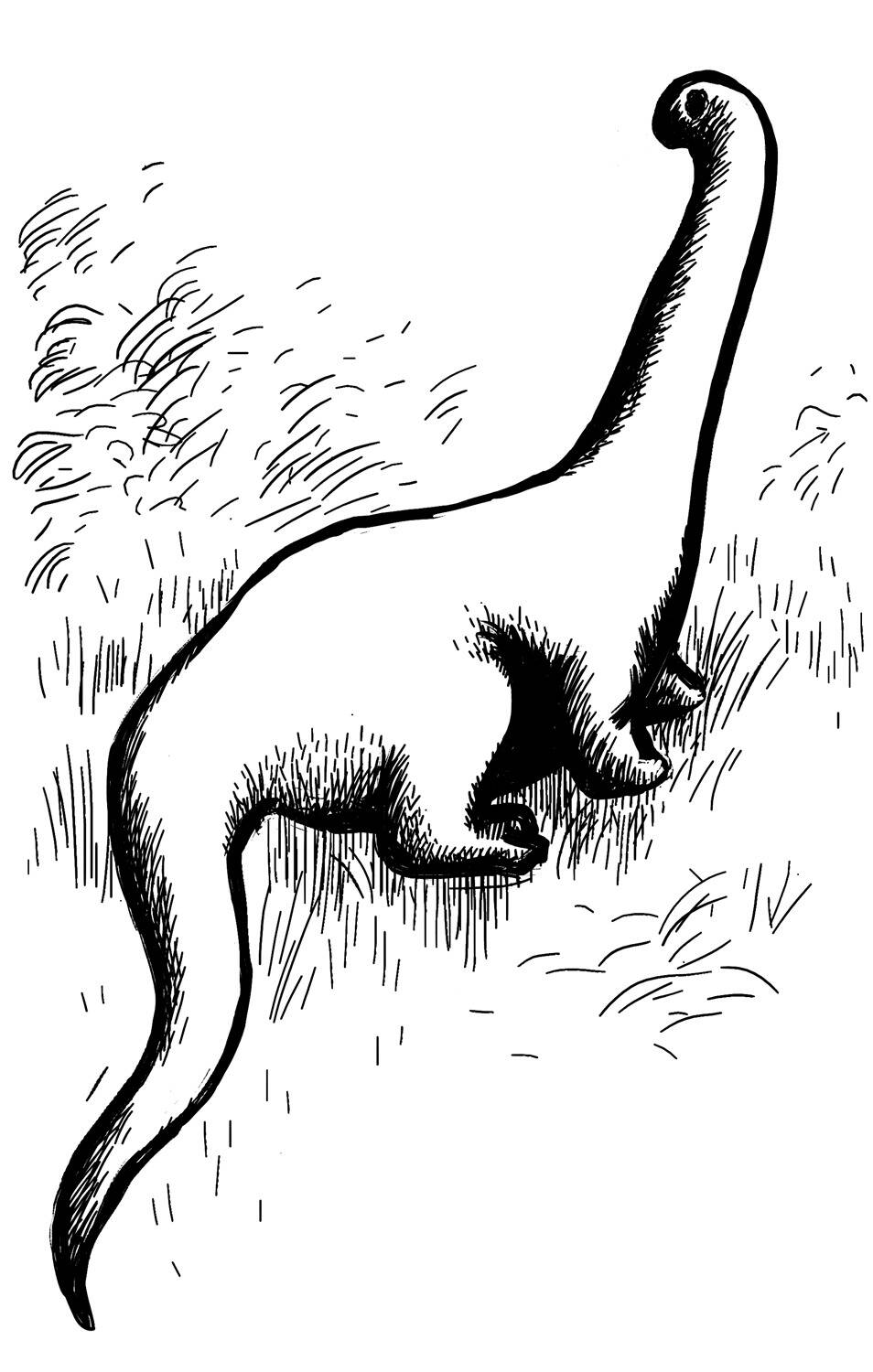
In the dense jungles of the Congo Basin, tales persist of the Mokele-Mbembe, a creature resembling a sauropod dinosaur. Descriptions suggest a long neck and tail, similar to a brontosaurus.
Local legends have been passed down for generations, with occasional reports from Western explorers. Despite numerous expeditions, no physical evidence has been found, leaving the Mokele-Mbembe as a tantalizing mystery and a topic of cryptozoological interest.
The Thunderbird: Enormous Avian of Native American Lore

The Thunderbird is a powerful creature in Native American mythology, often associated with storms and lightning. Described as a giant bird with a massive wingspan, it is said to create thunder by flapping its wings.
Various tribes have their own interpretations, but the Thunderbird is universally respected as a symbol of strength and protection. While some speculate it could be based on real, extinct birds, it remains a legendary figure.
The Basilisk: A Lethal Reptile from European Legends
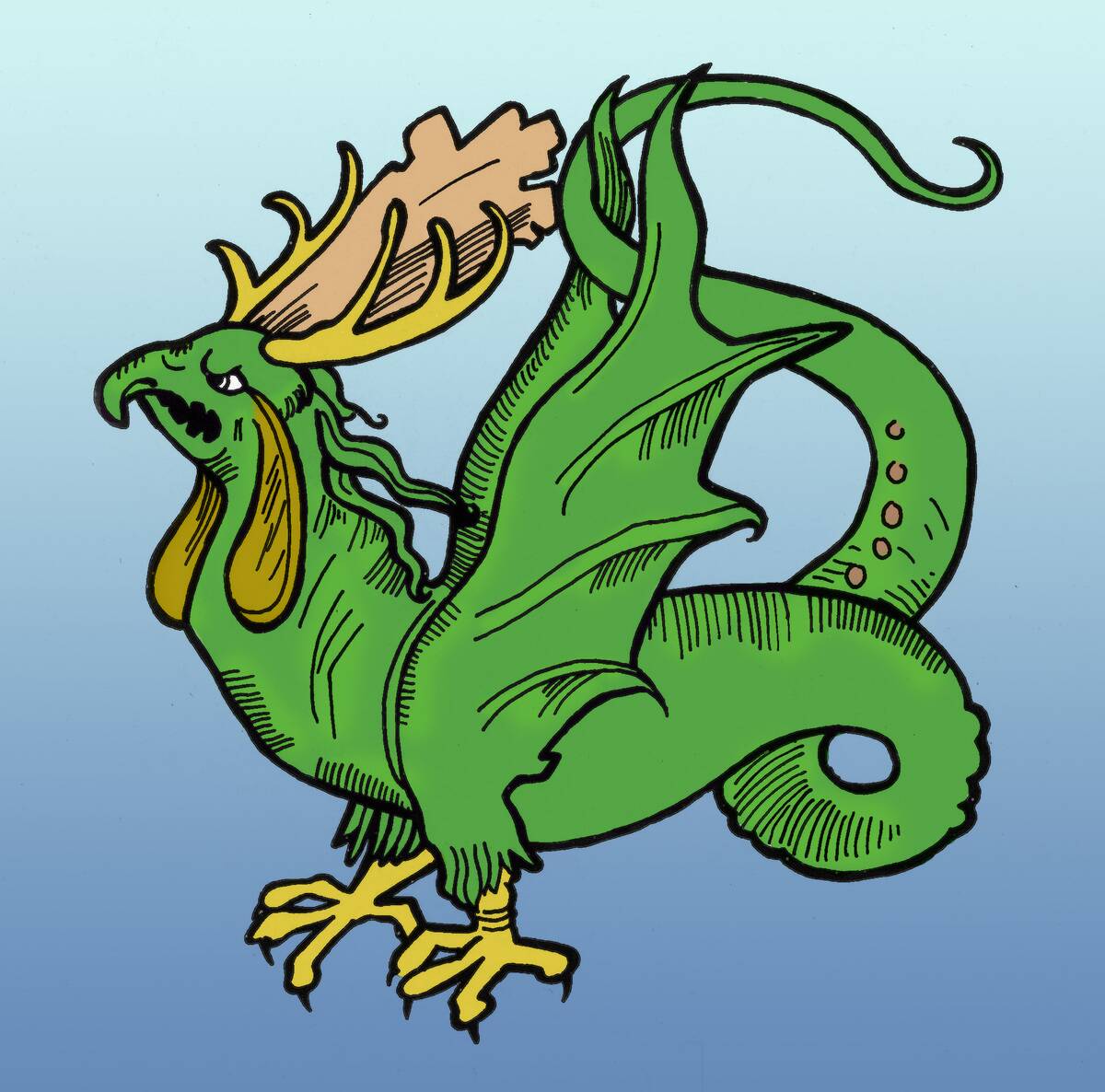
The Basilisk, often referred to as the “King of Serpents,” is a fearsome creature from European folklore. Believed to be hatched from a serpent’s egg incubated by a rooster, the Basilisk is said to have the ability to kill with a single glance.
Various medieval texts describe its power and vulnerability to the weasel, its natural enemy. While purely mythical, the Basilisk’s terrifying legend has inspired countless works of fiction over the centuries.
The Nian: China’s New Year’s Eve Menace
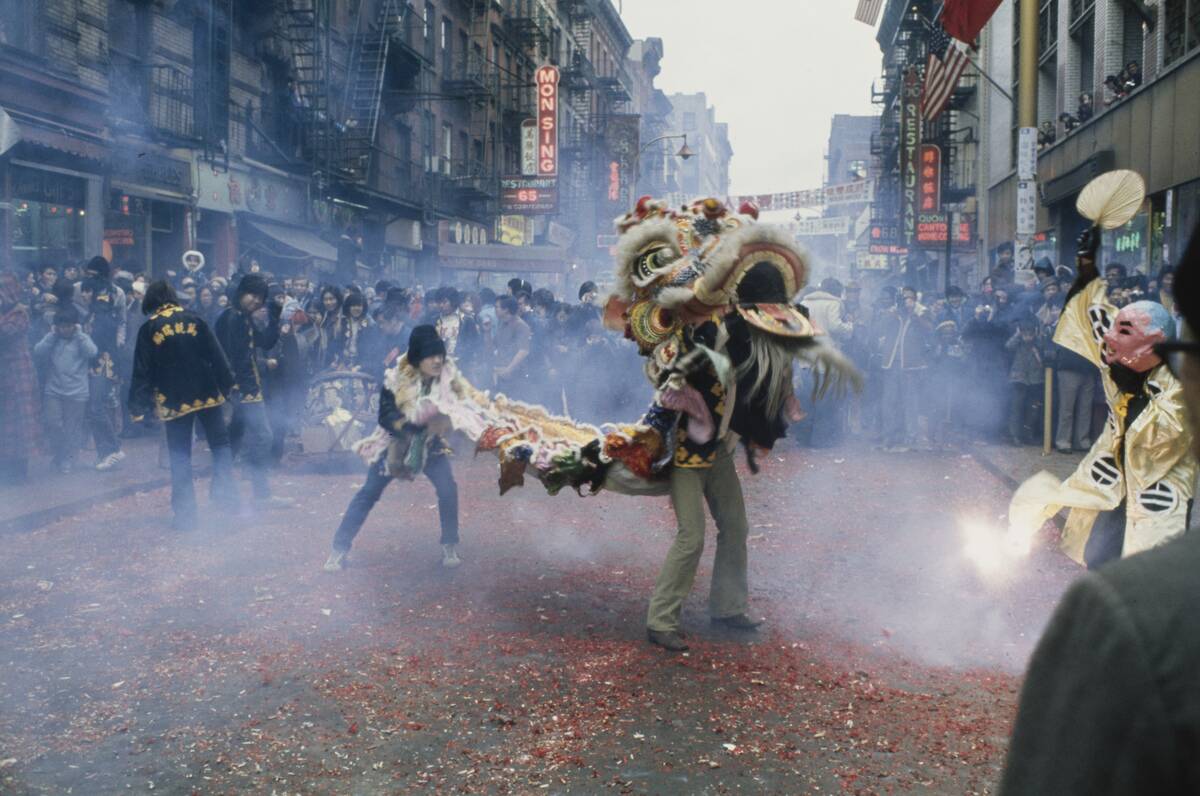
In Chinese folklore, the Nian is a monstrous creature that emerges from the mountains to attack villages on New Year’s Eve. The legend holds that the Nian fears loud noises and the color red, leading to traditions of firecrackers and red decorations during the Lunar New Year.
While the Nian itself is mythical, the story symbolizes the triumph of human ingenuity and community spirit over adversity, forming an integral part of Chinese cultural celebrations.
The Kappa: Mischievous Water Sprite of Japanese Folklore
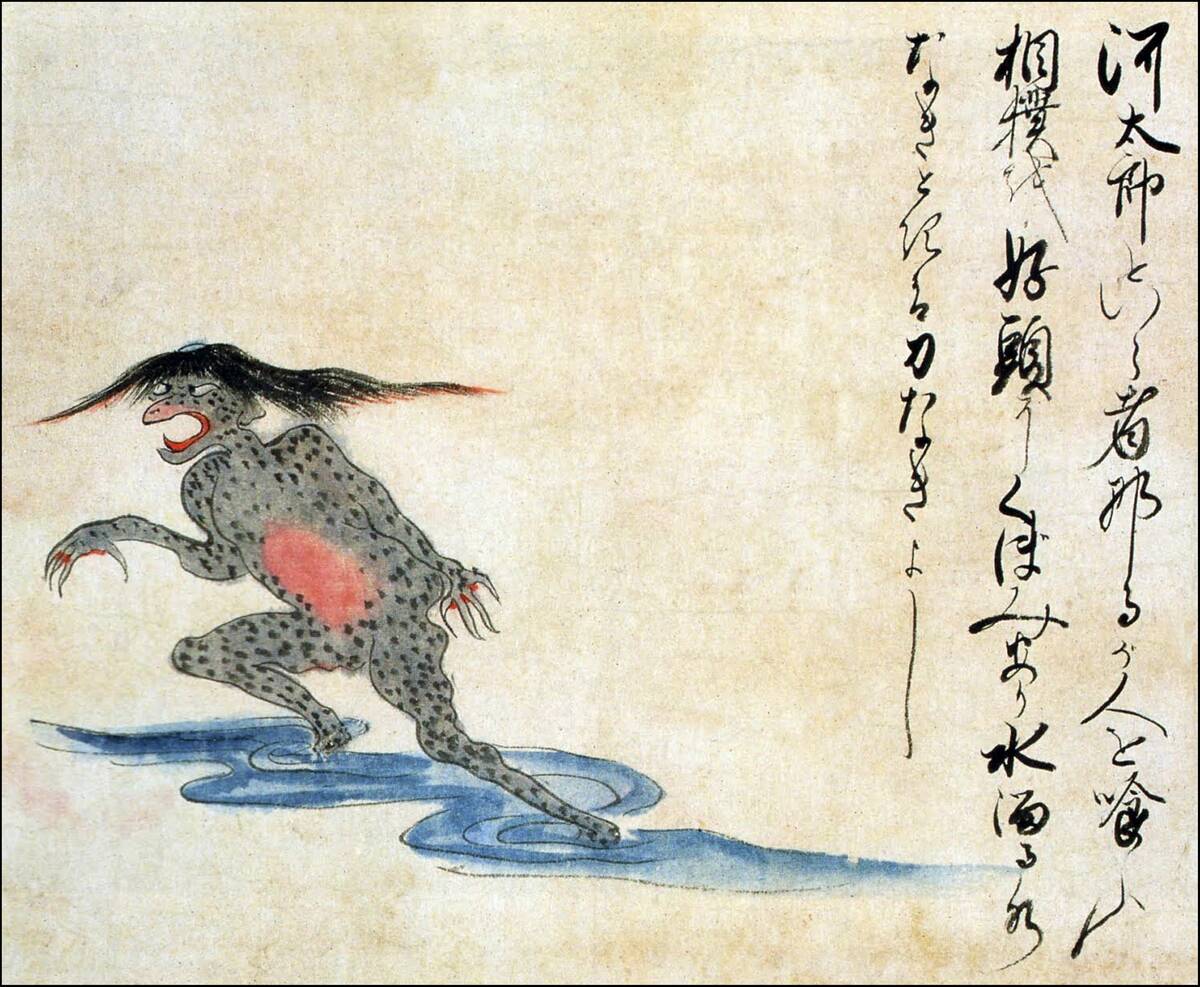
The Kappa is a water-dwelling creature from Japanese folklore, known for its mischievous and sometimes malevolent behavior. Typically depicted as a humanoid with a turtle-like shell and a water-filled dish on its head, it is said to inhabit rivers and ponds.
The Kappa is infamous for luring people, especially children, into water. However, it is also believed to respect politeness, and a well-timed bow can cause it to spill its water and lose its power.
The Minotaur: Greece’s Labyrinthine Beast
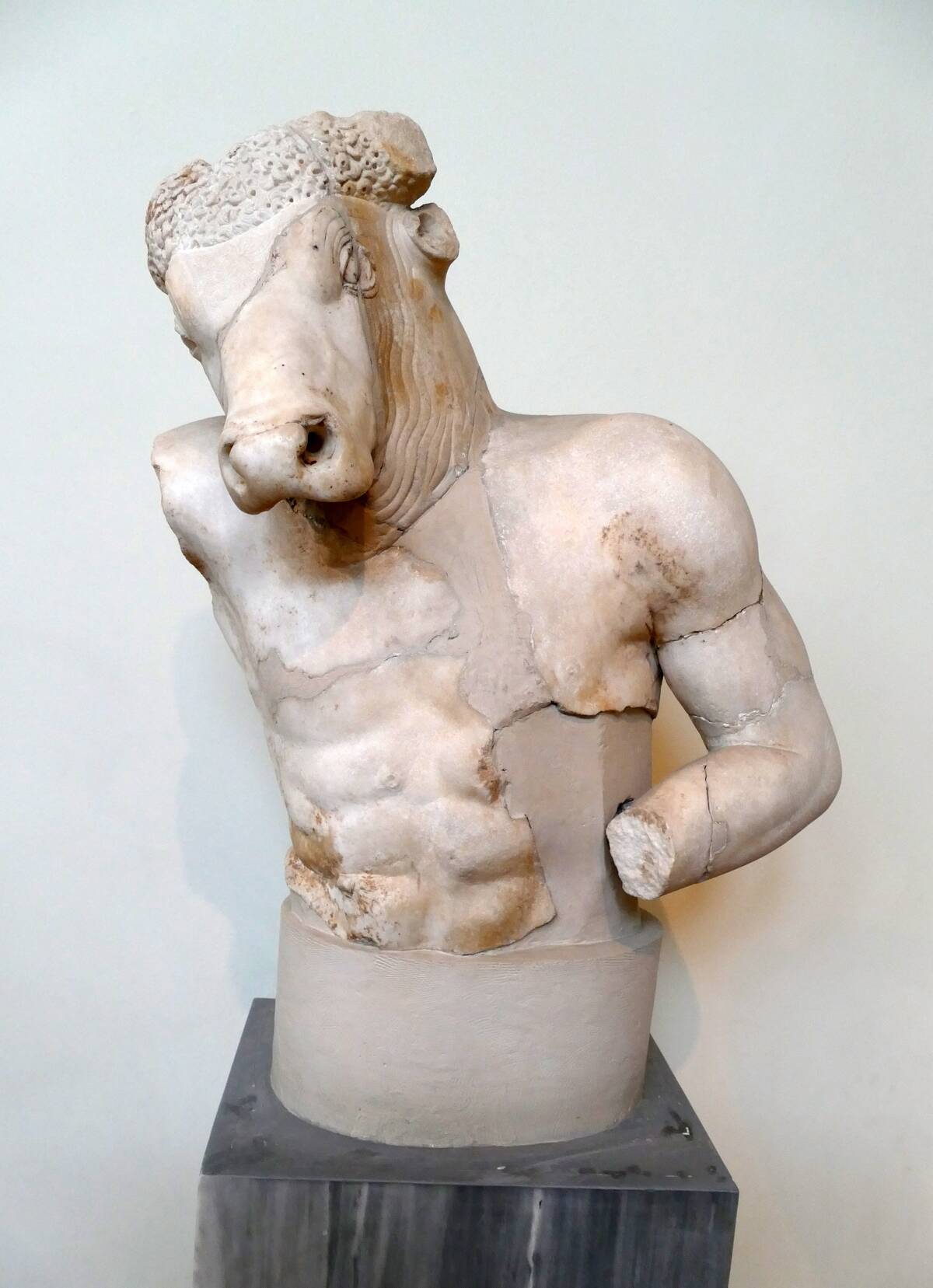
The Minotaur is a well-known creature from Greek mythology, characterized by its bull’s head and human body. According to legend, it resided in the Labyrinth, a complex maze built by Daedalus on the island of Crete.
The Minotaur was eventually slain by the hero Theseus, who navigated the Labyrinth with the help of Ariadne’s thread. The story of the Minotaur symbolizes the triumph of human ingenuity and courage over monstrous challenges.
The Beast of Gévaudan: France’s Enigmatic Predator
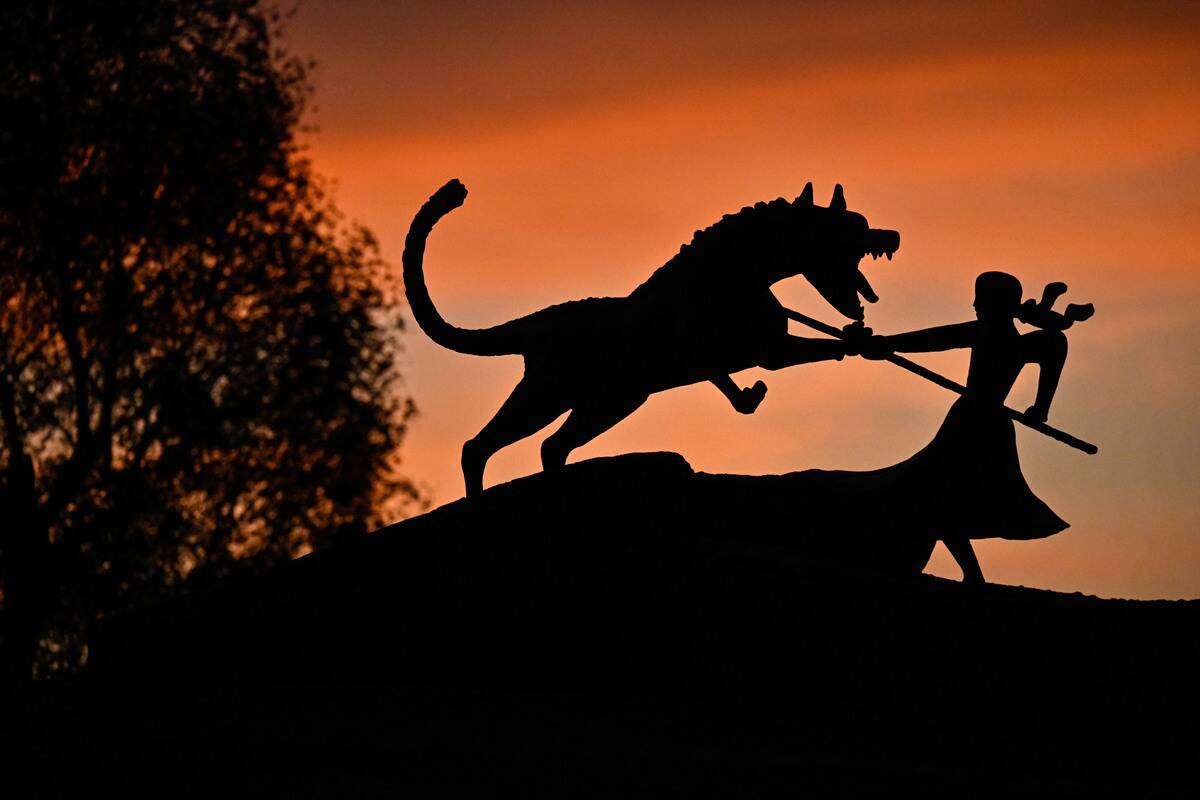
The Beast of Gévaudan was a mysterious creature that supposedly terrorized the former province of Gévaudan in France during the 1760s. Witnesses described it as a large wolf-like animal, responsible for numerous attacks on humans.
Despite efforts to hunt it down, the beast evaded capture for several years, leading to widespread fear and speculation. The exact nature of the Beast remains unknown, with theories ranging from a large wolf to a human perpetrator.
The Black Shuck: East Anglia’s Monstrous Black Dog

The Black Shuck is a legendary ghostly black dog said to roam the countryside of East Anglia, England. Descriptions vary, but it is often depicted as a large, spectral dog with glowing eyes.
The Black Shuck is associated with death and disaster, and its appearance is considered an ill omen. While the legend may have roots in medieval folklore, it continues to capture the imagination, inspiring tales of mystery and the supernatural.




